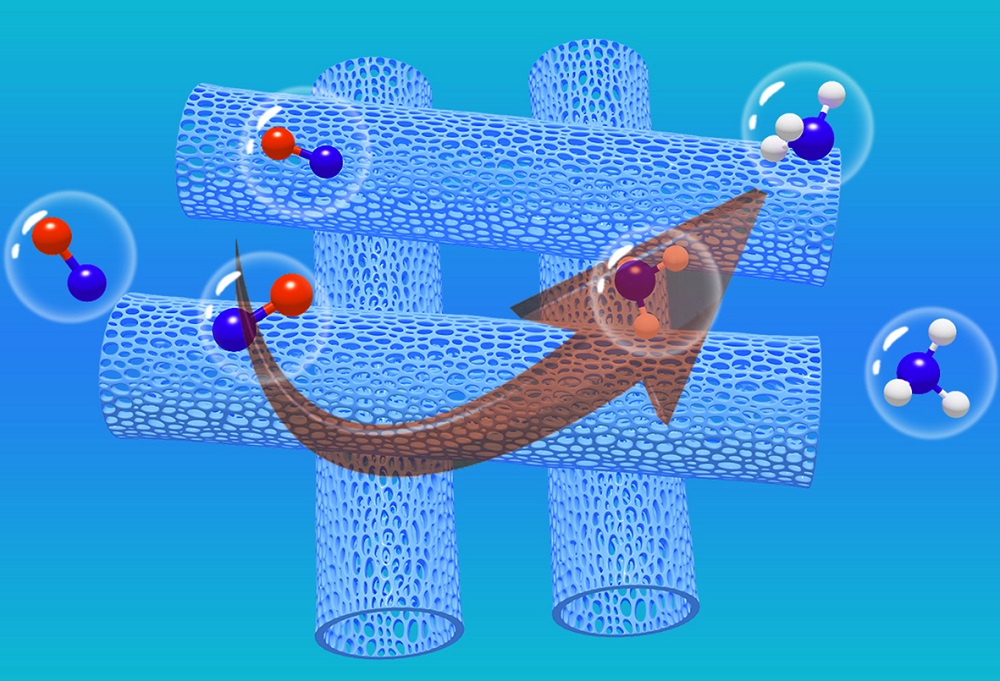The XPS spectrum at Ti 2p region (Fig.2(c)) shows two peaks at 464.5 and 458.8 eV corresponding to Ti
4+ oxidation state of P-TNTs. Besides, the comparison of Ti 2p XPS spectra shows a negative shift after the P doping (Fig. S4, cf. ESM)), which can be explained from the larger charges on P (1.89) compared to that on Ti (1.34) [
30], thus the charges get accumulated around the P atom and the Ti atom exhibits lower binding energy. Furthermore, the negative shift of binding energy also indicates the feasibility of the electron transfer between the P dopants and TiO
2 [
31]. In the O 1s XPS spectrum (Fig. S5, cf. ESM)), three peaks at 530.3, 531.6, and 532.5 eV are indexed to Ti–O, P–O–Ti, and O–P, respectively [
32]. Raman spectrum shown in Fig.2(d) was further acquired, which shows peaks of anatase TiO
2 at 157, 267, 451, and 670 cm
−1. All these above-mentioned results support the successful doping of P into the TiO
2 lattice. Moreover, the projected density of states (PDOS) for TNTs and P-TNTs confirm the appearance of new states originating from the 3p orbitals of P atom (Fig. S6, cf. ESM). The simulated results obtained in this study and reported in previous studies indicate that P doping can effectively reduce the band gap of TiO
2 [
29,
33], and is significantly beneficial for faster charge transfer during the electrolysis.







